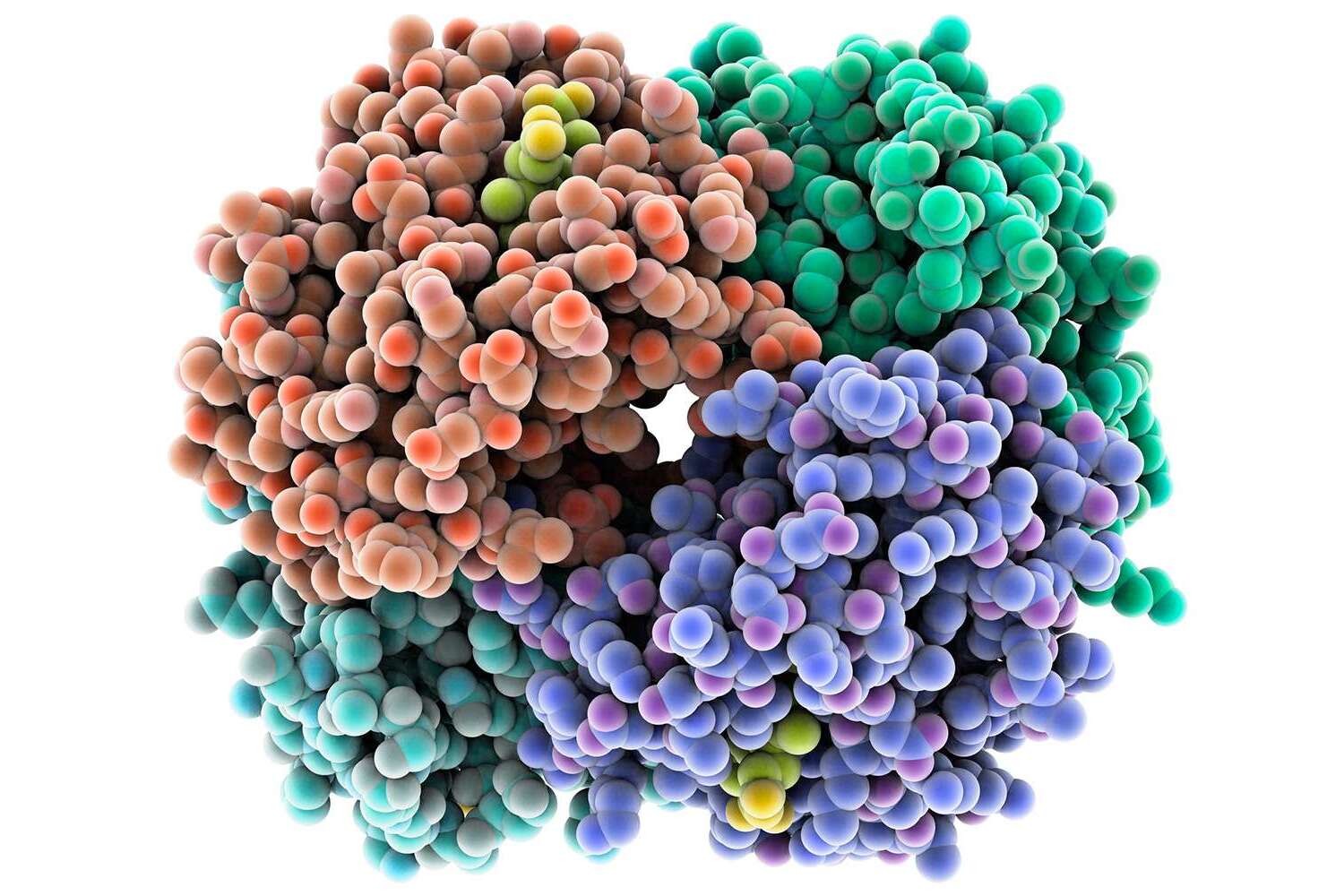
Gomez and López-Hernández Syndrome is a rare genetic disorder that affects various parts of the body. This condition, also known as cerebello-trigeminal-dermal dysplasia, often presents with distinctive facial features, scalp defects, and brain abnormalities. Symptoms can vary widely, making diagnosis challenging. Affected individuals may experience developmental delays, intellectual disabilities, and seizures. Understanding this syndrome is crucial for providing proper care and support. Researchers continue to study the genetic mutations responsible for this condition, aiming to improve treatment options. Families dealing with this syndrome often require a multidisciplinary approach, involving neurologists, dermatologists, and genetic counselors. Raising awareness about Gomez and López-Hernández Syndrome can help foster a supportive community and drive further research efforts.
What is Gomez And López-Hernández Syndrome?
Gomez And López-Hernández Syndrome is a rare genetic disorder. It affects various parts of the body, including the brain and skin. Understanding this condition can help raise awareness and support those affected.
-
Rare Condition: This syndrome is extremely rare, with fewer than 100 cases reported worldwide.
-
Genetic Origin: It is believed to be caused by genetic mutations, though the exact genes involved are not yet identified.
-
Named After Discoverers: The syndrome is named after Dr. Gomez and Dr. López-Hernández, who first described it in medical literature.
Symptoms of Gomez And López-Hernández Syndrome
The symptoms can vary widely among individuals. Here are some common signs and symptoms associated with this syndrome.
-
Cerebellar Malformations: Many affected individuals have abnormalities in the cerebellum, the part of the brain that controls balance and coordination.
-
Trigeminal Anesthesia: This condition often includes a lack of sensation in the face due to issues with the trigeminal nerve.
-
Alopecia: Some individuals experience hair loss, particularly on the scalp.
-
Developmental Delays: Delays in reaching developmental milestones are common.
-
Seizures: Some people with this syndrome may experience seizures.
Diagnosis and Testing
Diagnosing Gomez And López-Hernández Syndrome can be challenging due to its rarity and the variability of symptoms.
-
Clinical Evaluation: Diagnosis often begins with a thorough clinical evaluation and medical history.
-
Imaging Studies: MRI or CT scans can reveal cerebellar malformations and other brain abnormalities.
-
Genetic Testing: While specific genetic tests for this syndrome are not yet available, genetic testing can help rule out other conditions.
Treatment and Management
There is no cure for Gomez And López-Hernández Syndrome, but various treatments can help manage symptoms.
-
Symptomatic Treatment: Treatment focuses on managing individual symptoms, such as seizures or developmental delays.
-
Physical Therapy: Physical therapy can help improve motor skills and coordination.
-
Occupational Therapy: Occupational therapy can assist with daily living skills and independence.
-
Speech Therapy: Speech therapy can be beneficial for those with speech and language delays.
Support and Resources
Support from healthcare professionals and community resources can make a significant difference for those affected by this syndrome.
-
Specialized Clinics: Some medical centers specialize in rare genetic disorders and can provide comprehensive care.
-
Support Groups: Connecting with support groups can offer emotional support and practical advice.
-
Educational Resources: Access to educational resources can help families understand and manage the condition.
-
Advocacy Organizations: Organizations dedicated to rare diseases can provide valuable information and support.
-
Research Opportunities: Participating in research studies can help advance understanding and treatment of this syndrome.
Final Thoughts on Gomez And López-Hernández Syndrome
Gomez And López-Hernández Syndrome, a rare genetic disorder, affects both physical and neurological development. Understanding its symptoms, like craniofacial abnormalities and intellectual disabilities, helps in early diagnosis and better management. Though there's no cure, supportive treatments can improve quality of life. Genetic counseling is crucial for families to grasp the inheritance patterns and potential risks for future children.
Raising awareness about this syndrome can lead to more research, better treatments, and support for affected families. Sharing accurate information empowers communities and fosters empathy. If you or someone you know is impacted, seeking medical advice and connecting with support groups can make a significant difference.
Knowledge is power. Stay informed, spread awareness, and support those living with Gomez And López-Hernández Syndrome. Every bit of understanding helps in making a positive impact.
Was this page helpful?
Our commitment to delivering trustworthy and engaging content is at the heart of what we do. Each fact on our site is contributed by real users like you, bringing a wealth of diverse insights and information. To ensure the highest standards of accuracy and reliability, our dedicated editors meticulously review each submission. This process guarantees that the facts we share are not only fascinating but also credible. Trust in our commitment to quality and authenticity as you explore and learn with us.


